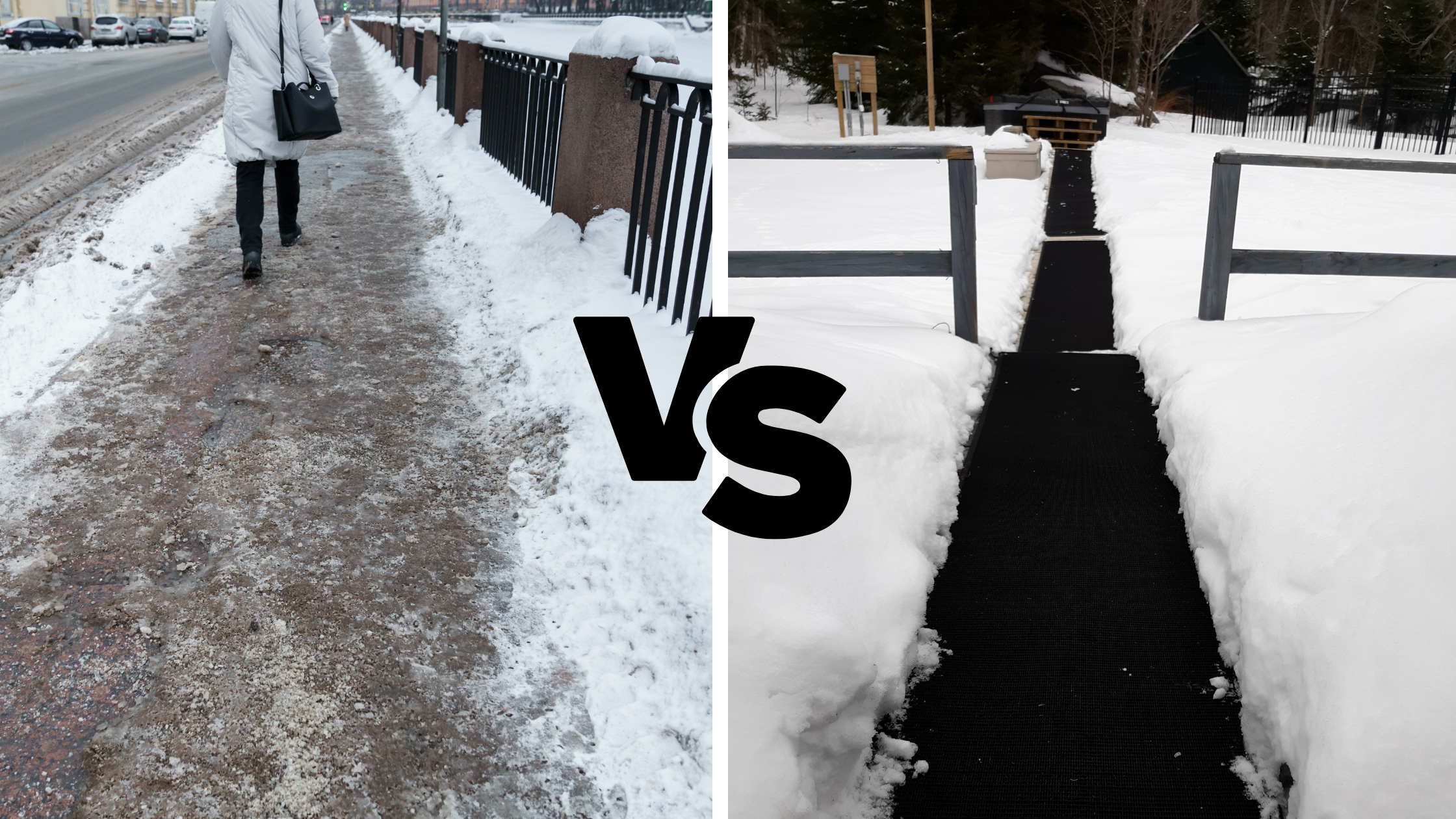In previous blog posts, we’ve gone over the potential risks of shoveling, including the most common injuries and how it can affect heart health. However, more information has been released regarding the latter, thanks to research conducted by the American Heart Association.
What the Research is Saying
The American Heart Association (AHA), a global nonprofit organization focused on heart and brain health, funds scientific research to help fight heart disease and stroke. These research efforts have produced groundbreaking results and accumulated respect among medical communities.
The association has compiled and supported several volumes of research in finding connection between cardiovascular health and snow removal methods – notably shoveling and snow blowing. As of December 2022, AHA leaders urge everyone to continue to exercise caution, as removing heavy snow may trigger heart attacks or sudden cardiac arrest.
"Shoveling a little snow off your sidewalk may not seem like hard work. However, the strain of heavy snow shoveling may be as or even more demanding on the heart than taking a treadmill stress test, according to research we’ve conducted.” said Barry Franklin, Ph.D., FAHA,, a professor of internal medicine at Oakland University William Beaumont School of Medicine in Royal Oak, Michigan. “For example, after only two minutes of snow shoveling, study participants’ heart rates exceeded 85% of maximal heart rate, which is a level more commonly expected during intense aerobic exercise testing. The impact is hardest on those people who are least fit.”
In addition to these findings, a study conducted in Canada a few years ago found that the chance of heart attack after a snowfall tend to affect men more than women. The study reveals that, compared to no snowfall, a heavy snow was associated with 16% higher odds of men ending up in a hospital with heart complications, with a 34% increase in the chance of men dying from a heart attack.
The risks involved with snow blowing and shoveling don’t exist in a vacuum. The combination of winter’s low temperatures – shown to potentially increase your blood pressure – and physical exertion can also be hard on your heart if you’re not careful.
What Are the Risk Factors?
With medical professionals and researchers warning us on snow removal dangers, you may be the growing body of research regarding snow removal and heart health, it’s worth assessing whether you might be at risk. According to Franklin, "cardiovascular risks like a sedentary lifestyle or obesity, being a current or former smoker, having diabetes, high cholesterol or high blood pressure, as well as people who have had a heart attack or stroke. “People with these characteristics and those who have had bypass surgery or coronary angioplasty simply should not be shoveling snow.”
What You Can Do
Based on Franklin’s insights and what the research says, you may want to know what steps you can do to protect yourself. Taking frequent breaks, knowing your limits, and being aware of your surroundings are key to safer snow removal. Having proper equipment and adhering to manufacturer instructions can also aid in your safety.
With all this said, is shoveling and snow blowing worth the risk? That’s for you to ultimately decide, but exercising caution – whether you are at-risk or not – can prevent injuries and accidents for this winter and next.
If you are considering other snow removal options, check out HeatTrak’s collection of heated mats, designed to melt snow and ice with ease and safety.
Additional Readings & Resources
Cold Weather and Cardiovascular Disease
DISCLAIMER: HeatTrak Snow & Ice Melting Mats are designed to help reduce the need for manual snow removal. They are not a medical device and should not be considered a substitute for professional health advice or care. Always consult a healthcare professional before engaging in strenuous outdoor activities, including snow shoveling.


